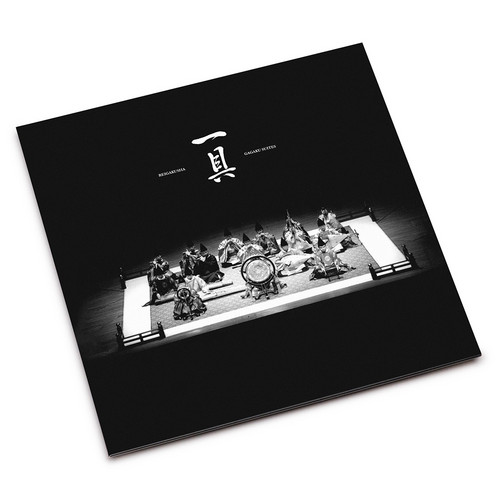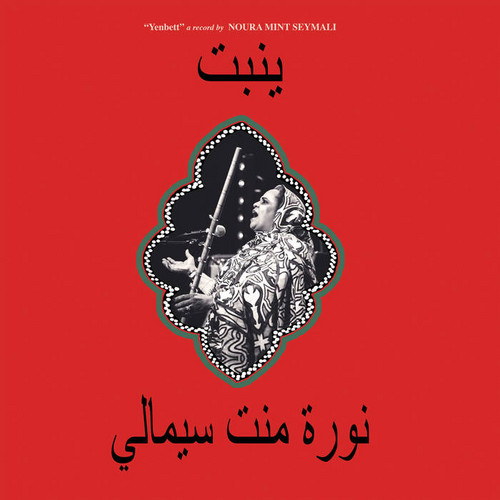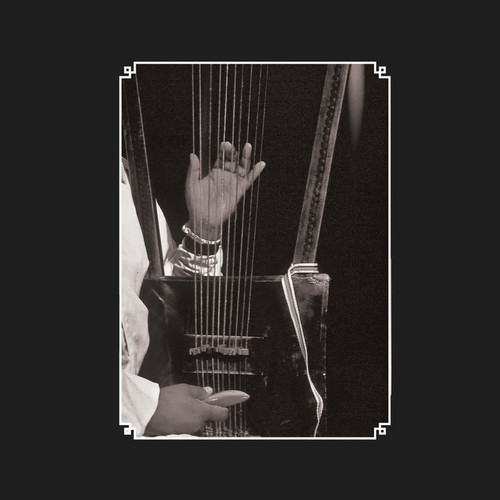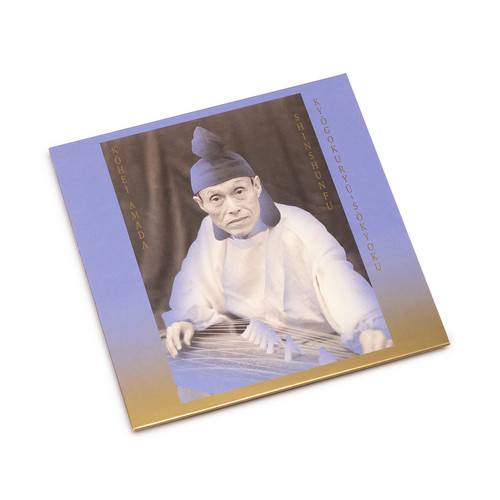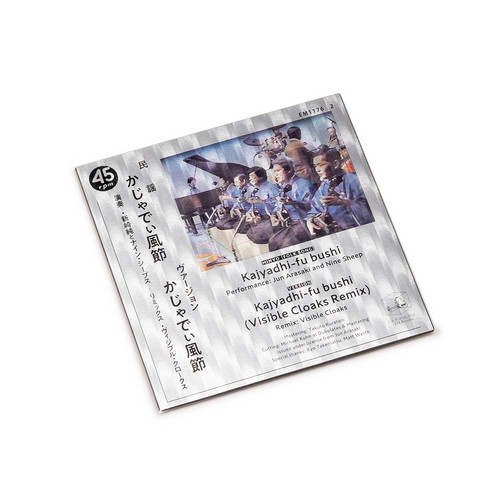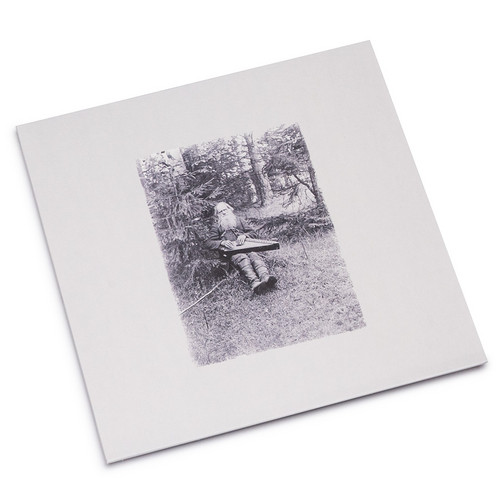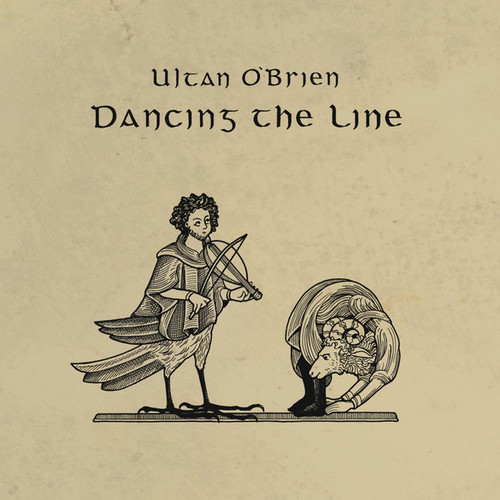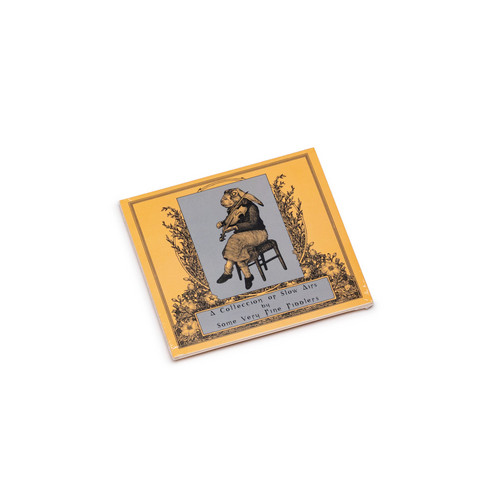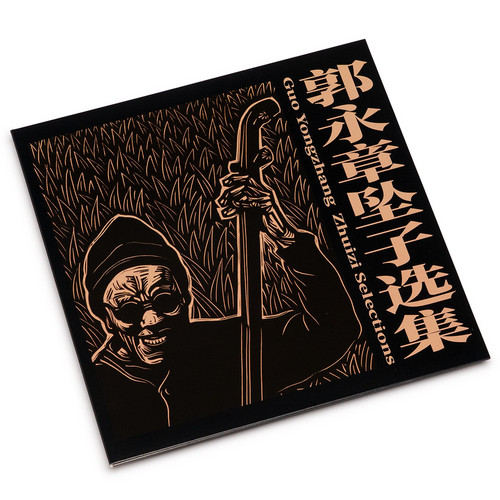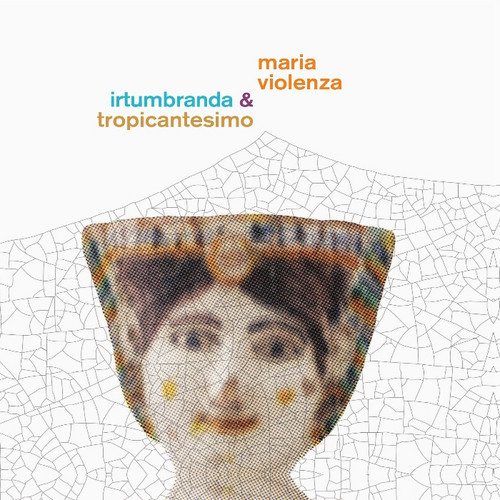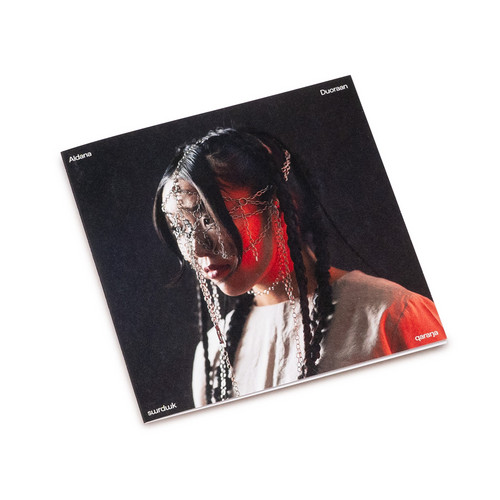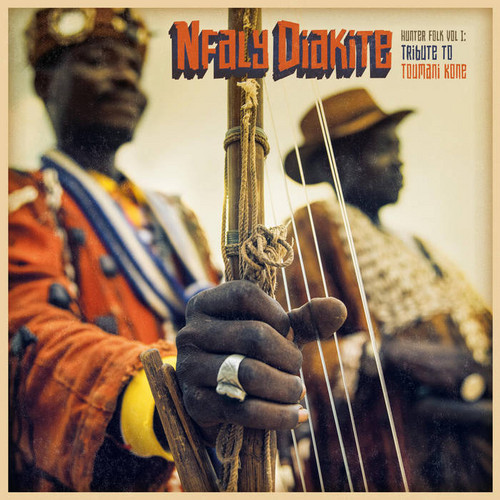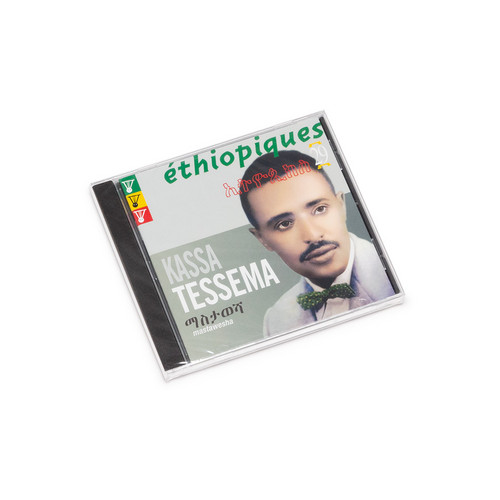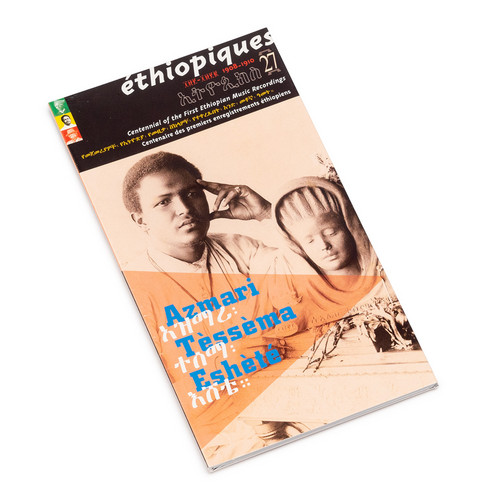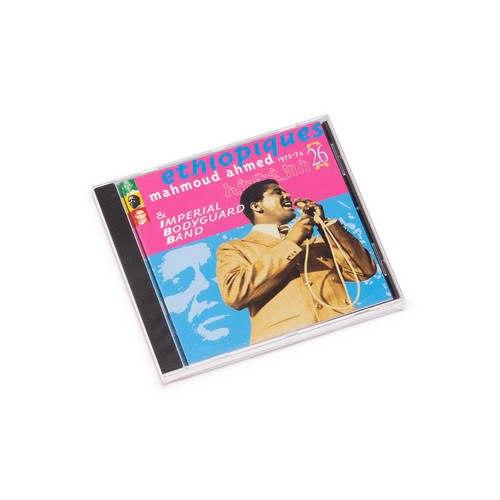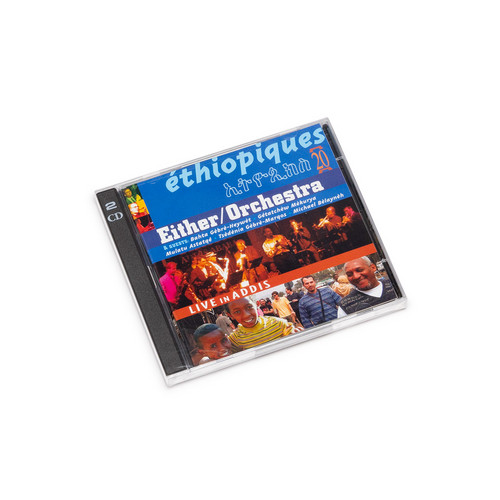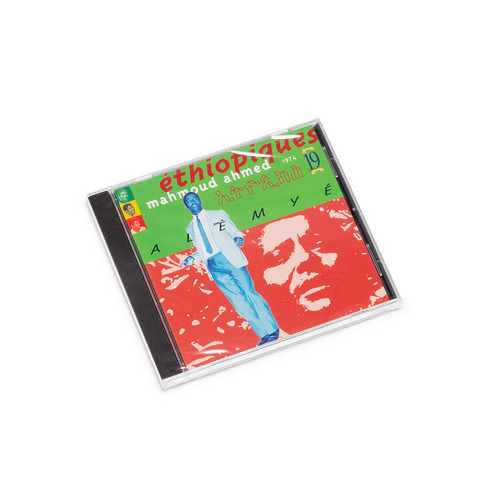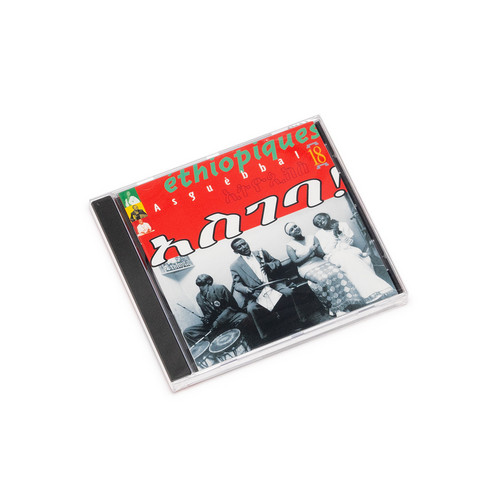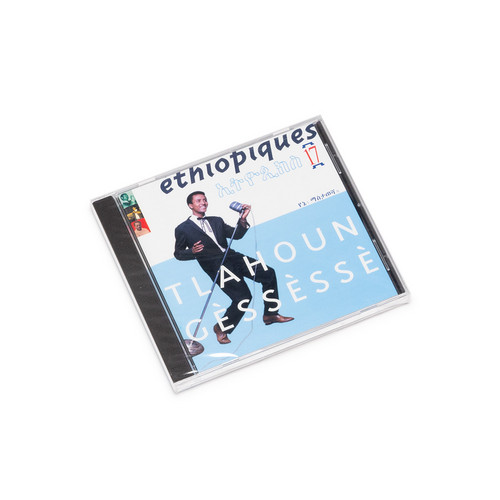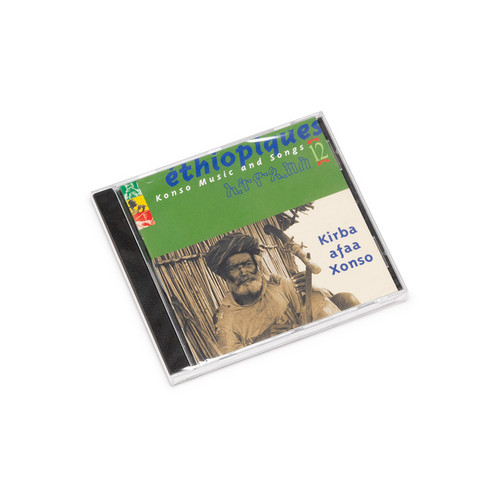Folk /
Gagaku Suites
Tip! Gagaku is the oldest of the Japanese performing arts, with a history more than a thousand years old. The term refers to Japanese classical music and dance, traditionally performed by families of musicians linked to the ancient Imperial court, and later passed down in Buddhist temple ceremonies and Shinto shrines. Shiba Sukeyasu, founder and director of the Reigakusha ensemble, descends from the Koma clan, whose origins date back to the end of the 10th century.
The recordings partly reflect …
Yenbett
Noura Mint Seymali's 3rd album Yenbett (her first since 2016) is a stunning explosion of contemporary Mauritanian griot music, and once again confirms her status as one of the world's most potent voices. Co-produced by Matthew Tinari (Noura's drummer) and Mikey Coltun (Mdou Moctar) the new album's approach is both raw and experimental; capturing the band's powerful in situ performances with taught clarity and adventuresome sonics. Reflecting her influence, and the acclaim that she's accumulated …
Elders of the Begena: The Harp of David in Ethiopia
"The Begena is one of those rare musical instruments of the world that has survived for more than 5800 years. What is fascinating about it is not only its age but the fact that both its manufacture and the purpose for which it is being played have never changed during all these years. It is still made of wood and animal products, such as the intestine of the sheep for the strings, the leather that covers the sound box. It is used for praying, for praising God and for meditation, just as it was i…
Kyogokuryu-Sōkyoku "Shinshunfu"
"Shinshunfu" exists at a crossroads, a form both distinctly Japanese and distinctly "other", a complex blend of folk strains that is deep with emotional resonance and hard to place even for aficionados of Japanese traditional music.
"Of "Shinshunfu", only the drone of the shō and the occasional taiko hit appear in plain view. The exploration sits comfortably in the idiosyncratic sound world that Ken has been prolifically constructing for himself in the last few years (what he has come to call "…
Kajyadhi Fu Bushi
"This was traditional, transformative music, and music that made so much sense coming from EM's epicenter."― Matt Werth
Printed on special paper embossed with matte silver aluminium foil. Please consider the jacket illustration as an image as the texture of the original cannot be reproduced graphically. The disc is a translucent coloured disc with the image of the Okinawa sun.
A charming set of double transformations on this 7 inch. "Kajyadhi Fu Bushi" is a traditional Ryukyu minyo (Okinawa fol…
Teppana Jänis & Arja Kastinen
Teppana Jänis was born in the village of Uuksujärvi in Suistamo on 21 June 1850. After becoming blind in the late 19th century, he went house to house, supporting himself by playing the kantele, a traditional Finnish and Karelian plucked string instrument belonging to the southeast Baltic box zither family. He performed at dances and in schools, and also participated in the Suistamo kantele and runosong competitions in 1911.
In the summers of 1916 and 1917, the young folk music researcher Armas …
Dancing The Line
Ultan O’Brien is a fiddle player and composer from the wilds of County Clare in the West of Ireland. Ultan is a performer as well as a regular at sessions all of Ireland and can be found by chance in any pub in Dublin, Cork or some remote village on the edge of nowhere, flying jigs and reels around the room. Ultan was reared in the rich tradition of Irish music which is so commonly found and heard in Co Clare, but he also delves deep into sound art and experimental music.
He has often been heard…
A Collection Of Slow Airs By Some Very Fine Fiddlers
Nyahh is honoured to be able to present this collection of airs to you from some of Ireland’s best fiddlers.
Zhuizi Selections
This studio album is recorded after Guo Yongzhang performing on the 5th Tomorrow Festival stage.
s/t
This album bridges past and present through the voice and instruments of Maria Violenza and Luciano Turella, with the Irtumbranda project (formerly performing as the duo BrandaMaria), offering an intimate and visceral reinterpretation of Sicilian musical tradition. On Side A, the island’s ancient melodies come to life through an interpretation that enhances their raw and profoundly visceral character. Maria Violenza, who grew up listening to these songs in family gatherings and popular festivals…
sɯrdɯk/qaraŋa
*85 copies limited edition* Rooted deeply in traditional Sakha music Aldana Duoraan creates a meditational state of mind using an instrument called “khomus” and her voice. The second album of Prague based musician born in Sakha republic is a two-sided EP called “sɯrdɯk / qaraŋa” which means “lightness / darkness”. The name is inspired by the duality of the universe, light and dark sides of a person, ever changing reality.
The name of the album is written in the first Sakha alphabet created by Sa…
Hunter Folk Vol 1: Tribute to Toumani Koné
Born in 1989 in Bamako, Mali, Nfaly Diakité is a member of the Donsow, Bambara animist hunters. Nfaly Diakité is named after his grandfather, the late Nfaly Diakité, one of Mali’s most respected donso chiefs. His grandfather did not play, but as a leading figure in the donso brotherhood, he was always accompanied by musician Yoro Sidibé. Nfaly grew up alongside Yoro Sidibé, who became his first master of the donso ngoni, a type of eight-stringed antelope skin harp. After leaving school to devote…
Éthiopiques 29: Mastawesha
*2024 stock* Kassa (1927-1973) belongs to the long tradition of melancholy raconteurs with a decided gift of gab. The unique embrace of his deep voice heightens the emotion generated by the hum of his lyrics. For Ethiopians he is, along with such other great post-war voices as Assèfa Abatè, Fréw Haylou, Asnaqètch Wèrqu or Kètèma Mèkonnen, a perfect example of the culture of the word: poetry and freedom of expression, wit and impressive verve that hits the mark, quiet vehemence and merciless loqu…
Éthiopiques 27: Centennial Of The First Ethiopian Music Recordings
*2024 stock* Centennial of the First Ethiopian Recordings Double CD The life and work of Tessema Eshete, the first Ethiopian singer to record commercially. 32 historic songs recorded in Berlin in 1910
Éthiopiques 26: Mahmoud Ahmed & The Imperial Bodyguard Band (1972-74)
*2024 stock* “An authentic legend in Ethiopia, Mahmoud Ahmed has set the bases of a truly original musical style in that he synthesizes the most diverse influences into a language both typical and universal. With his haunting, husky and velvety voice that rises up in wild spirals, Mahmoud Ahmed has invented a world of uncertain borders, an unlikely mix of East-African rhythmic turns, mysterious melodies with refined ornamentation and surprising Indian inflections, all this streaked with electric…
Éthiopiques 20: Live In Addis
*2024 stock* Russ Gershon and his Grammy-nominated Either/Orchestra have included many Ethiopian pieces into their repertoire in recent years. In January 2004, the Boston big band travelled to Addis for a dream-come-true concert featuring prestigious Ethiopian guests, among them Mulatu Astatqè (Ethiopiques 4, «Broken Flowers») and Gétatchèw Mekurya (Ethiopiques 14). This recording perfectly renders the energy and emotion of this gathering, with beautiful arrangements remarkably performed by exce…
Éthiopiques 19: Alèmyé
*2024 stock* «An authentic legend in Ethiopia, Mahmoud Ahmed has laid down the basis of a music style which is resolutely original in the way it synthesizes the most diverse influences into a language both typical and universal. With his haunting, serpentine voice, at the same time raucous and velvety, Mahmoud Ahmed has invented a world of uncertain borders, an improbable mix of Eastern-African rhythmic lines, mysterious laments with refined ornamentation and melodies of unexpected Indian modula…
Éthiopiques 18: Asguèbba!
*2024 stock* «Asguèbba!» is the Azmari’s cry urging listeners to enter into the dance, an invitation carrying the same sexual innuendo as Latino’s ¡Va dentro! The recordings on this CD are intended as a continuation of those in Tètchawèt! (Ethiopiques 2) and feature most of the artists from the first edition.The songs are accompanied on the mèessenqo (one string fiddle), the krar lyre, the kebero drum and the accordion.
Éthiopiques 17: Tlahoun Gèssèssè
*2024 stock* To Ethiopian audiences, Tlahoun Gèssèssè is THE VOICE, even more so than Mahmoud Ahmed, Alèmayèhu Eshèté or Mulatu Astatqé. Endowed with a phenomenal, innate vocal talent, he has been the asbsolute and unequalled icon for an entire country since the fifties, heading up the list of Ethiopian discography. Based around seven ‘modernist’ pieces arranged by the brilliant and innovative Mulatu Astatqé (Ethiopiques 4 : «Ethiojazz»), these first Ethiopiques devoted to Talhoun Gèssèssè also …
Éthiopiques 12: Konso Music And Songs - Kirba Afaa Xonso
*2024 stock* The Ethiopiques series aims to make Westerners discover the missing link in African music. The great Italian musicologist Enrico Castelli has devoted this recording to the Konso, an ethnic group living at the border with Sudan. This panorama of Konso music presents pieces linked to daily agricultural tasks, sacred and ritual songs, as well as recreational songs. The rich instrumentarium includes "hibhara", "maayra" and "luutota" flutes, "kihayta" lyre to accompany songs, "tawna" be…
